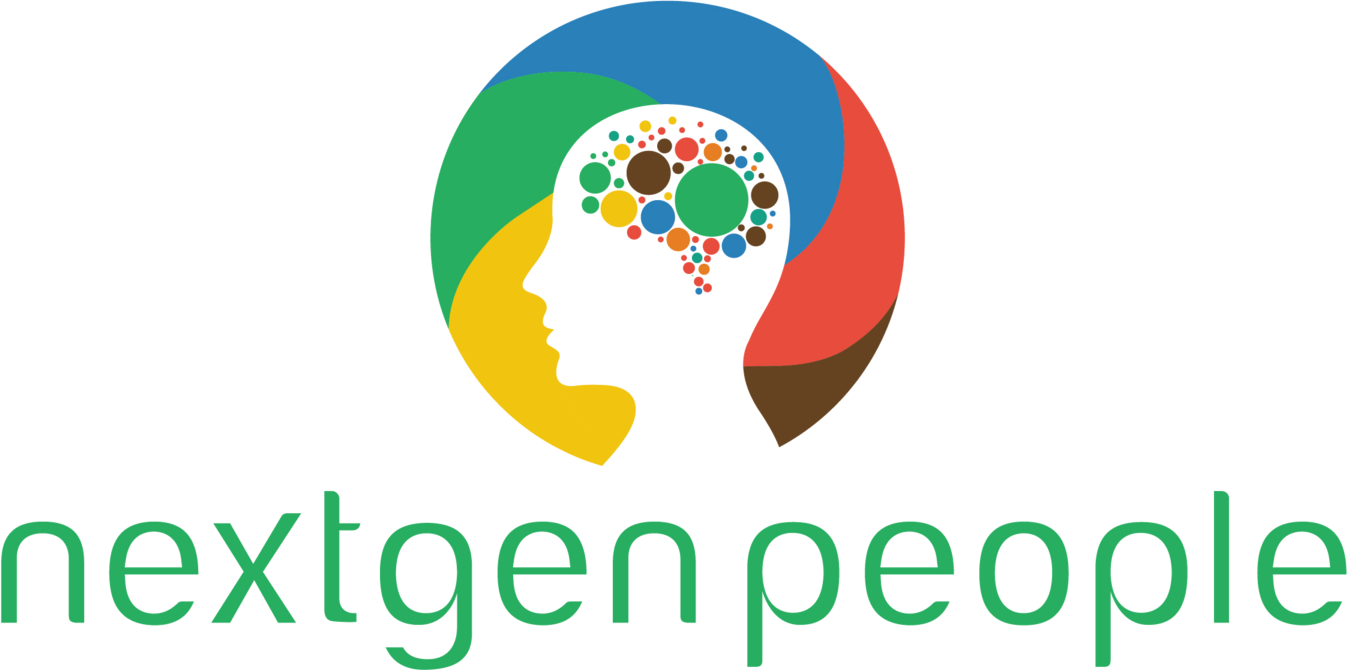Different Organizational Structures: Pros and Cons of Traditional and Agile Models
Choosing the right organizational structure is crucial for any company's success. Different structures offer various advantages and disadvantages, and the optimal choice depends on the specific needs and goals of the organization.
Traditional hierarchical structures, with clear lines of authority and well-defined roles, offer stability and control. They can be effective in large organizations or those operating in stable industries. However, they can also be slow to adapt to change and stifle innovation.
Agile models, on the other hand, prioritize flexibility and adaptability. They empower teams to make decisions and respond quickly to changing market conditions. Agile structures can be particularly effective in fast-paced industries or those undergoing rapid transformation. However, they can also be challenging to implement and require a high degree of trust and collaboration.
Some common organizational structures include:
Functional structure: Groups employees based on their specialized skills and functions.
Divisional structure: Organizes employees based on product lines, geographical regions, or customer segments.
Matrix structure: Combines elements of functional and divisional structures, creating a dual reporting relationship for some employees.
Flat structure: Minimizes hierarchical layers, promoting autonomy and empowerment.
Network structure: Connects a core organization with external partners and collaborators.
The ideal organizational structure will depend on a variety of factors, including the size of the organization, the industry, the competitive landscape, and the desired level of control and flexibility.
To gain a deeper understanding of different organizational structures and their implications, and to determine the right model for your business, visit NextGen People at www.nextgenpeople.com

